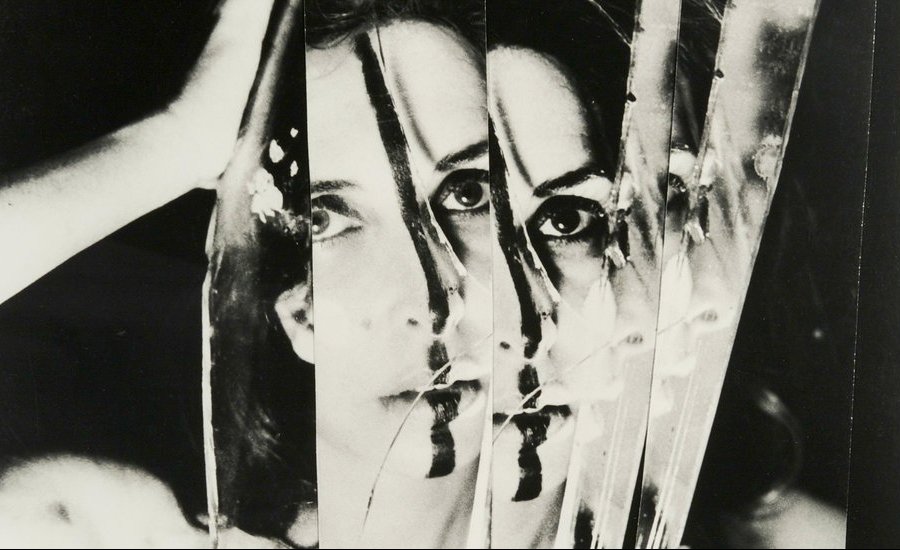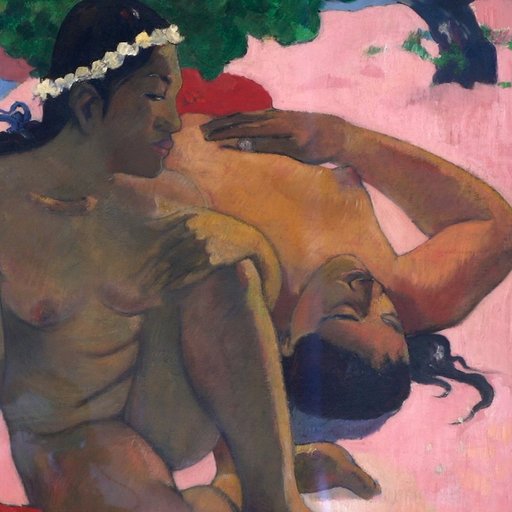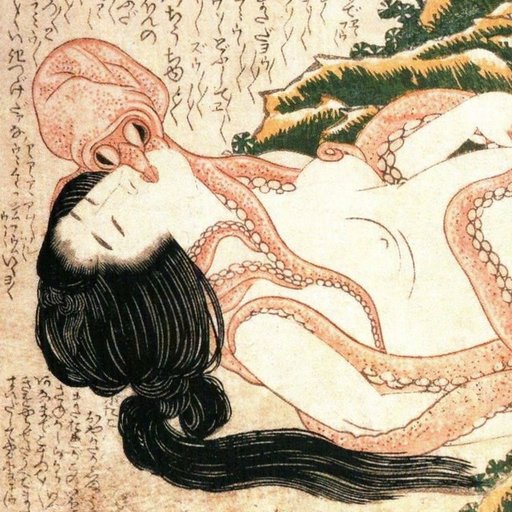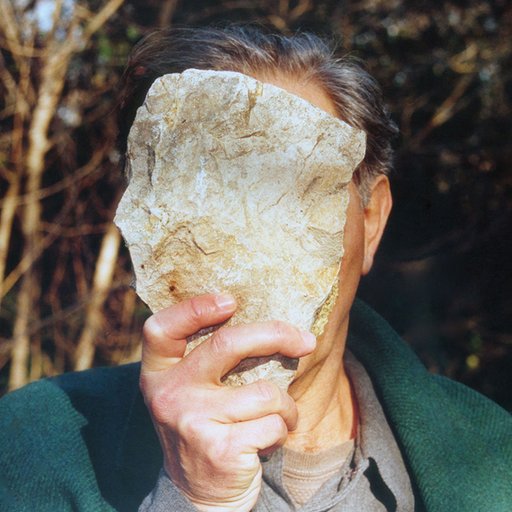The human body has always been a central subject of artistic rendering, ranging from Ancient Greek kouros statues to paintings of sensual nudes and portraits of aristocratic families. However, in the 20th century, artists began to shift the way they thought about representing the human form. Influenced by the rise of scientific, psychological, philosophical, and anthropological research, artists turned to the body itself as a subject of interrogation in a way that it never had before: not as a passive subject to be represented, but as an active participant in the creation process.
Artist Carolee Schneeman is one of the preliminary artists who situated the body as an integral component in creating art, pioneering a movement that continues to pervade in contemporary art today. In an introduction to Phaidon 's compendium The Artist's Body , UCLA professor Amelia Jones quotes Schneeman's 1991 performance, in which she states "go back to the body, which is where all the splits in Western Culture occur." Considering herself a painter more so than a performance artist, Schneeman was particularly interested in "vitaliz(ing) the whole body as gesture in dimensional space" in her work. She sought to transform herself, as a female-identifying body, from objectivity to subjectivity; a bold move in her time. In her 1975 piece, Interior Scroll , Schneemann stood naked on a table and painted her body with mud. She then ritualistically extracted a scroll of paper from her vagina while reading an excerpt of "Kitsch's Last Meal" from it.
In honor of the first comprehensive retrospective of the artist's work, Carolee Schneeman: Kinetic Painting , currently on view at MoMA PS1, we revisit Schneemann's writings on Interior Scroll , excerpted from The Artist's Body. In the excerpt, Schneemann discusses how she first became interested in the concept of "vulvic space," the symbolism of the serpentine form, and reinterpreting historical myths from a contemporary, embodied perspective.
---
 Carolee Schneemann,
Interior Scroll
, 1975, Image courtesy of Sartle
Carolee Schneemann,
Interior Scroll
, 1975, Image courtesy of Sartle
"I first wrote about 'vulvic space' in 1960 as a result of an art history assignment on symbolism. I chose to do research on the 'Transmigration of the Serpent', never suspecting that the transmutation of serpent symbolism in the wall paintings, carvings, inscriptions of ancient cultures—this traditionally 'phallic' symbolism would lead me to a concept of vulvic space and this in turn to the disappearance and mis-attribution of Goddess artifacts and imagery, to a total inversion and reinterpretation of myth and symbol. Once begun, my studies continued as a 'secret project,' for nothing at that time confirmed the inter-relations I saw and the fury and anguish they inspired (the relief of substantiation by Gould Davis, Gertrude Levy, H.R. Hays, Helen Diner, etc. ten or twelve years later was indescribable). Nevertheless it was usually the works of male scholars who first intensified my study—both by keys, links they established and by denials and obfuscations. In MacKenzie I read that: Cro-Magnon peopled believed in a Mother Earth Goddess; their cave paintings exaggerate the female sexual characteristics. Water and wind were of fundamental importance and were symbolized by natural spirals. The snake symbolized whirlpool, whirlwind, cosmic energy. Snakes originally symbolized the cosmic energy of the female womb which protected and nourished the embryo as they believed the ocean originally did of earth...(school notes from MacKenzie's The Migration of Symbols , 1926).
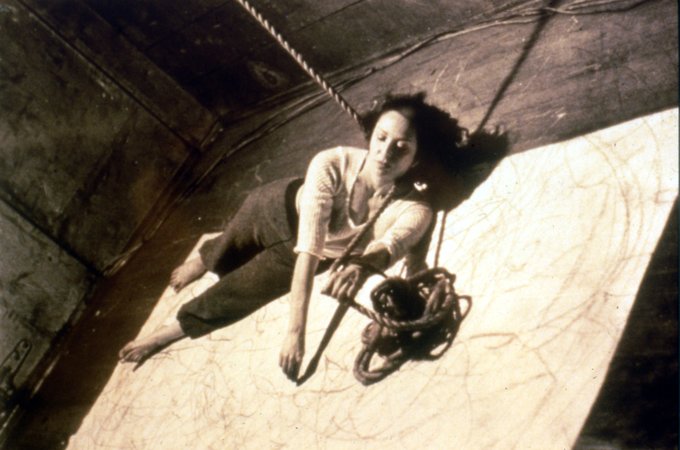 Carolee Schneemann,
Up to and Including Her Limits
, (1976)
Carolee Schneemann,
Up to and Including Her Limits
, (1976)
From my identification with the symbology of the female body I made the further assumption that carvings and sculptures of the serpent form were attributes of the Goddess and would have been made by women worshippers (artists) as analogous to their own physical, sexual knowledge. I thought of my vagina in many ways—physically, conceptually: as a sculptural form, an architectural referent, the source of sacred knowledge, ecstasy, birth passage, transformation. I saw the vagina as a translucent chamber of which the serpent was an outward model: enlivened by its passage from the visible to the invisible, a spiraled coil ringed with the shape of desire and generative mysteries, attributes of both female and male sexual powers. This source of 'interior knowledge' would be symbolized as the primary index unifying spirit and flesh in Goddess worship. I related womb to vagina to 'primary knowledge'; with strokes and cuts on bone and rock by which I believed my ancestor measured her menstrual cycles, pregnancies, lunar observations, agricultural notations—the origins of time factoring, of mathematical equivalences, of abstract relations. I assumed the carved figurines and incised female shapes of Paleolithic, Mesolithic artifacts were carved by women—the visual-mythic transmutation of self-knowledge to its integral connection with a cosmic Mother—that the experience and complexity of her personal body was the source of conceptualizing, of interacting with materials, of imagining the world and composing its images.
 Carolee Schneemann,
Meat Joy,
Performance 1964, Image Courtesy of MoMA
Carolee Schneemann,
Meat Joy,
Performance 1964, Image Courtesy of MoMA
The message I read for Interior Scroll is from the feminist texts in Kitsch's Last Meal. The image occurred as a drawing; this image seemed to have to do with the power and possession of naming—the movement from interior thought to external signification, and the reference to an uncoiling serpent, to actual information (like a ticker tape, rainbow, torah in the ark, chalice, choir loft, plumbline, bell tower, and umbilicus and tongue).
I think the action was also influenced by two films seen at the 'Women in Film and Video' conference. First, Sharon Hennessey's What I Want , in which she appears in a fixed frame shot for the duration it takes her to read from a paper endlessly unfolding like a scroll: the text is one simple statement after another of what a woman wants in her life--direct and full of rich contradiction. The other film was Anne Severson's Near The Big Chakra , in which a continual relay of thirty or more different vaginas are filmed in close focus. Like Fuses it becomes a film about nature and confronts, dismantles the convention of the genital being 'obscene', that is, forbidden to be seen. Our three films presented an ethic about knowledge itself—received from and in the body.
Interior Scroll was performed twice. Each 'reading' required a ritual preparation for the action, a gradual inhabitation of the space, increasing concentration. For 'Women Here and Now' I placed a long table under two dimmed spotlights, in a corner of the exhibition/performance hall of the old town meeting house. The audience was largely composed of other women artists who work during summers in East Hampton, and they assembled during the exhibit of paintings for a series of performance works. I approached the table dressed and carrying two sheets. I undressed, wrapped myself in one sheet, spread the other over the table and told the audience I would read to them from Cezanne, She Was a Great Painter . I dropped the covering sheet and, standing there, painted large strokes defining the contours of my body and face. The reading was done on top of the table, taking a series of life model 'action poses,' the book balanced in one hand. At the conclusion I dropped the book and stood upright on the table. The scroll was slowly extracted as I read from it, inch by inch."
RELATED ARTICLES:











